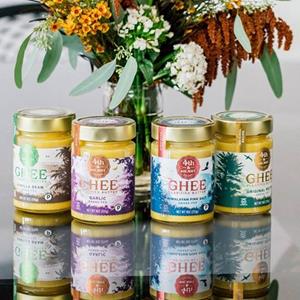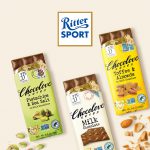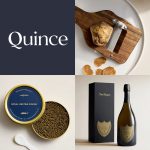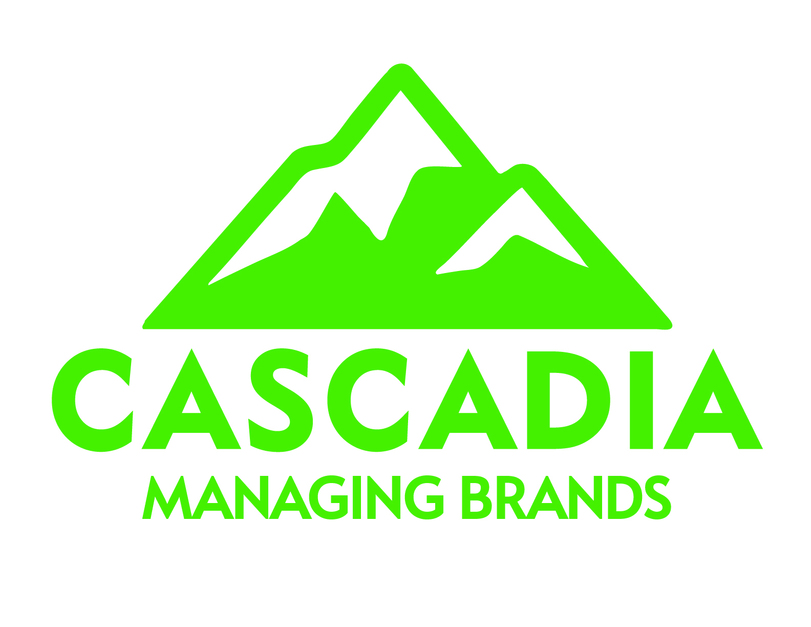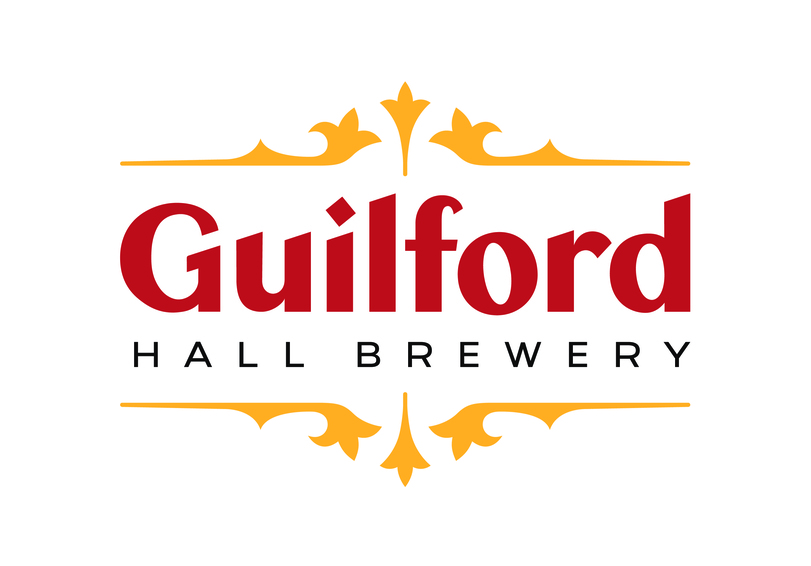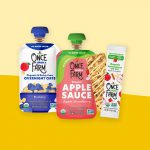Believe It’s Not Butter: Premium Brands & Alternatives Seek Category Breakthrough

From butter boards and exotic flavors to premium $11 Les Pres Sales Sea Salt Camargue butter and refrigerated ghee sticks, there’s been plenty of buzz coming out of the solid cooking fats category. But calling butter, ghee, margarine and other plant-based spreads a hot space that’s ripe for disruption may be a bit of an overstep.
While a handful of brands have been doing the hard work of bringing consumers to new form factors, they’ve done so amid an already difficult backdrop. In an already challenging operational and supply chain environment, a handful of well-established leaders control the vast majority of the category, and startups have gone deep on premiumization to win in attempts to over some share.
According to Max Dichter, CEO of ghee brand 4th & Heart, the share of the premium butter market has grown 30% since 2020. That has led to a rise of butters produced with grass-fed, ethically-sourced ingredients as well as a growing prominence of culinary-inspired flavors and alternatives that deliver for those with dietary restrictions.
Butter Bounces Back
The butter category is currently valued at $6.4 billion, according to Circana data from the 52-week period ending February 25, 2024. Although the segment grew more than 23% between 2022 and 2023, that growth was driven by average price increases of 26%. Between 2021 and 2022, price growth was virtually flat while volumes dropped more than 11%.
Price increases have now slowed to the mid-to-low single digit range and as of the end of February, butter notched its first positive volume gain since 2021.
Chris Galen, executive director of The American Butter Institute, explained that this volatility in recent years is due to the record high wholesale prices producers of all sizes have grappled with.
“Fundamentally the issue is that milk production in the U.S. was basically flat in 2023 compared to the year before,” Galen explained. While nearly all food producers have seen input price shocks, butter’s reliance on an already constrained and complex dairy supply chain made things all the more challenging.
“Among all the dairy commodities… butter is a really strong [category] so the supply is fairly tight,” explained Galen. “It’s not that you can’t get supply, it’s just that you pay more for the supply and as a consequence, that makes it a pricier product in the store… It’s a headwind for companies that may be trying to build a brand for themselves or take market share because the prices are just so high compared to the recent past.”
All the while, legacy conventional brands like Land O’Lakes and Challenge as well as premium Irish butter producer Kerrygold have maintained an iron hold on the market. As new innovations enter, they have the capacity to readily iterate and compete with new and emerging subsegments. These category leaders have also cornered the market for both retail and foodservice distribution leaving little room for new entrants.
The role of private label is also critical; the segment currently holds the third-largest share of the butter, margarine and other spreads market. As butter prices fluctuated among branded players, consumers funnel toward products often viewed as higher-value alternatives.
But what exactly are shoppers seeking from their sticks, blocks and tubs? Where does ghee factor in? The refrigerated cooking fat category at large is beginning to look a little like the yogurt set with endless iterations, flavor variations and bases to choose from so how can an early stage brand carve their own niche?
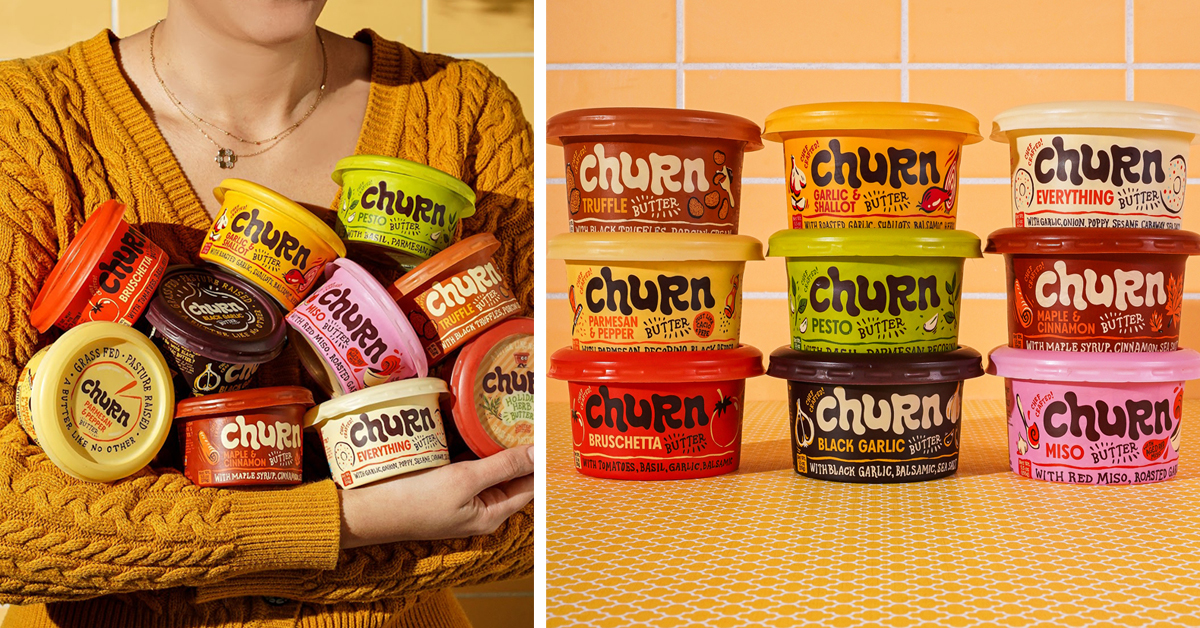
Premiumization Takes Flavor
One of the largest challenges to disrupting butter is that the vast majority of consumers aren’t seeking out innovation in the aisle as they do with snacks, meals and other spaces. Salted and unsalted remain the two leading flavors across all butter formats, emphasized Dichter, and most consumers are fine with those options alone.
But there is a segment that is seeking out culinary experiences at-home, explained Micheal Tashman, founder and CEO of premium butter brand Churn. The lingering effects of the keto and paleo diet have also helped steer perceptions around fats into a more positive light.
Consumer preference for salted and unsalted flavors could be seen as a limiting factor for the growth of a brand like flavored compound butter maker Churn, which emphasizes its use of grass-fed dairy and its chef-driven credentials. That obstacle has pushed Tashman to seek out distribution in natural and specialty stores where at-home cooks and “foodies” shop for items to experiment with. But at $9.99 per 6.5 oz butter tub, it can still be a hard sell.
Now after four years on the market, Tashman has introduced a new product to solve that price tag pain point. At retail, Churn will introduce a smaller, 3 oz. cup for $6.99. Although it is the same product, and priced the same comparatively to its full sized cups, Tashman has learned that most consumers shop on the price tag alone, rather than price per pound.
He believes the smaller format and lower price product will perform better on shelf; the company will continue to sell its full sized products online and at select retailers. Churn products recently underwent a rebrand and are currently sold in select California Costco regions, Jimbo’s, Bristol Farms, among others.
While the company tests out its new retail strategy Churn is also hoping to diversify the business with foodservice and industrial ingredient partners. When Tashman entered the butter space after working in fine dining for nearly a decade, initially, he did not believe any chef would be interested in his product. In his experience, most preferred to make their own, but he now realizes that “was only 1% of chefs.”
But in order to expand further in both retail and foodservice, Tashman will need to increase his production runs. Finding co-packing partners has also been a bottleneck. The company currently makes the product out of a hummus manufacturing facility in San Diego and he explained that there aren’t any established manufacturing outfits for European-style butter in the U.S.
“It’s not like sparkling water where there are all these big co-packers and you have to raise money and meet a certain minimum,” Tashman said. “I’m convincing a hummus manufacturer to use their equipment and to bring in dairy into their facility which might be a red flag [to them] or [have to] teach them a whole new process – there are challenges all along the route.”
He explained that for the industrial mixers to be able to properly incorporate the butter and all of Churn’s fresh ingredients, they have to produce a large amount of the product. With nine different flavors in its portfolio, those production runs can lead to a “chicken and egg” situation when it comes to ramping up both production and distribution growth.
He also noted that category leaders like Land O’Lakes already have a strong hold on the foodservice space and sell products that span flavors like Garlic and Herb and Cinnamon, as well as use a range of oil inclusions like canola and avocado. Churn’s differentiated approach – it uses unwhipped grass-fed butter and avoids oil-based fillers or water – may also be attractive to chefs, he added.
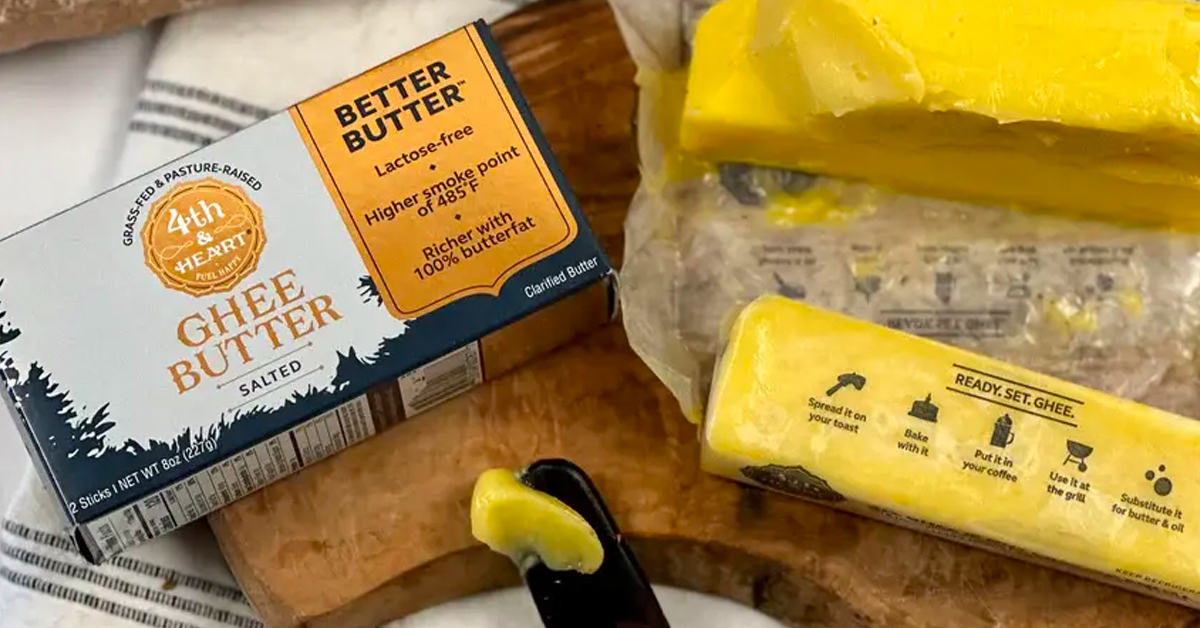
“Even Better Butter” Takes New Shapes
Ghee maker 4th & Heart’s 2024 growth strategy is built, literally, around blocks.
Also known as clarified butter, ghee’s popularity has grown due to its prominence in the keto and paleo diet, but most consumers are still unaware of how the dairy-based product differs from the traditional, refrigerated butter.
In response, Dichter said that the brand is positioning its ghee as “even better butter” and utilizing its full, 100% butterfat contents and lactose-free nature as key callouts. He explained that most butters available in grocery stores are about 82% butter fat, 17% water and 1% milk fat.
To simplify its proposition and drive trial, the brand expanded into a familiar format – sticks, sold in a 2-count, 8 oz. pack – last year, a move that has helped jumpstart the growth and draw in new consumers. According to Dichter, 4th & Heart’s ghee sticks took years of R&D and may be the first of their kind.
The ghee sticks are now sold in over 1,200 stores nationwide for $6.99. That footprint is slimmer than the 12,000 doors where its traditional, ambient 9 oz. ghee jars are on shelf, but the company continues to see velocity gains in both segments.
“The [sticks] have been on-shelf less than a year but have shown tremendous improvement in velocity,” Dichter said. “Velocity in the sticks has been growing without any degradation to velocity in the jar product… it’s basically proving this thesis that we can bring new consumers into this category and grow [it] long term.”
For the year ahead, 4th & Heart plans to focus on growing the sticks line at retail even further. According to Dichter, the product has been attractive to dairy category buyers as it brings incremental profit gains to their shelves and potentially expands the consumer base shopping the set. He said the idea that consumers will trade up for ghee sticks has been key to winning over retail interest.
“The premium price point on this product means more profit per square inch for their shelves,” he explained. “With profit in mind, as buyers, it’s definitely helpful to have a product that consumers are trading up for, and that’s going to help their bottom line.”

